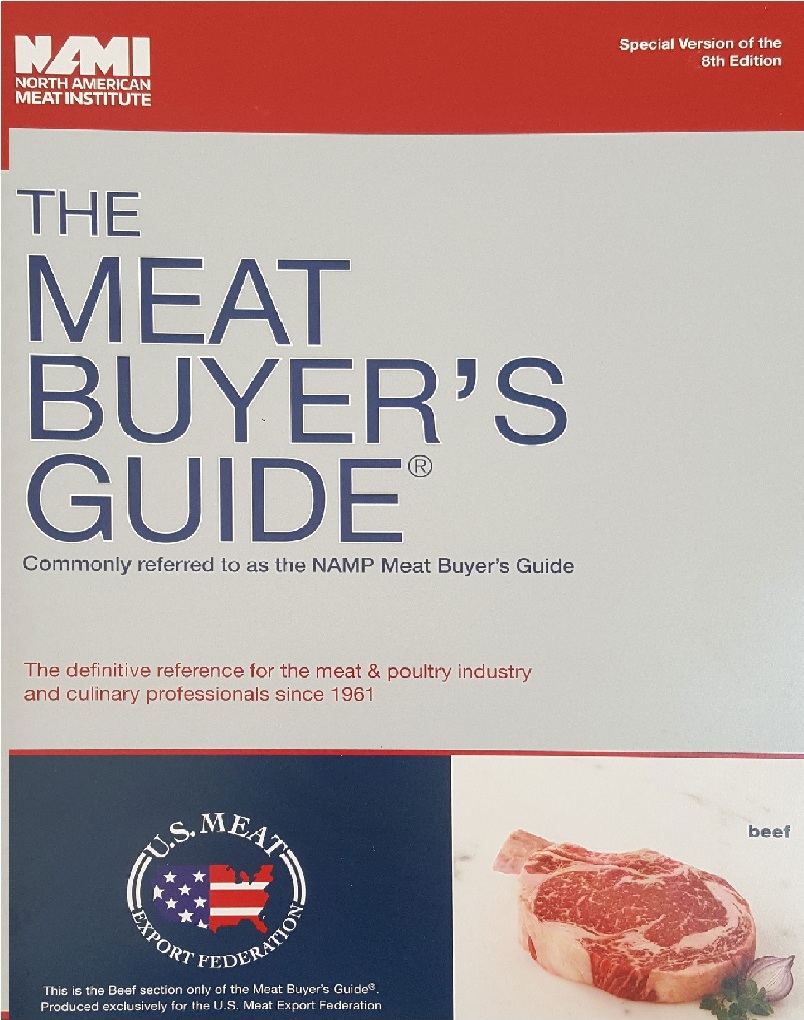Art of Cutting
Carcass Fabrication
The beef carcass is made up of over a hundred different muscles, all with differing properties which affect processing conditions and consumer acceptability. For the last twenty-to-thirty years, most beef cuts found in the retail case have been boneless. Other emerging industry factors also suggested the need for better understanding of the carcass. Food companies were developing more pre-cooked and convenience products using single muscles, substantiating the need for greater knowledge of myology in order to identify specific muscle characteristics to produce the most desirable product.
The initial breakdown of the carcass yields four major primal cuts, making up 76% of beef carcass. These include round, loin, rib and chuck. Traditionally, the more tender cuts are those from major primal cuts that are used the least for movement; the rib and loin. U.S. beef steaks are different than those from other sources because of the typical horizontal cutting of the beef carcass.
An incomparable array of U.S. beef cuts is available for buyers from the wholesale primal cuts to the individual portion control cut which are processed from sub-primals and include T-bone, porterhouse, tenderloin, rib eye, striploin and sirloin steaks.
The “U.S. Meat Buyers Guide”, a catalogue available from the National Association of Meat Purveyors provides a basis for technical specifications of the importers needs.
